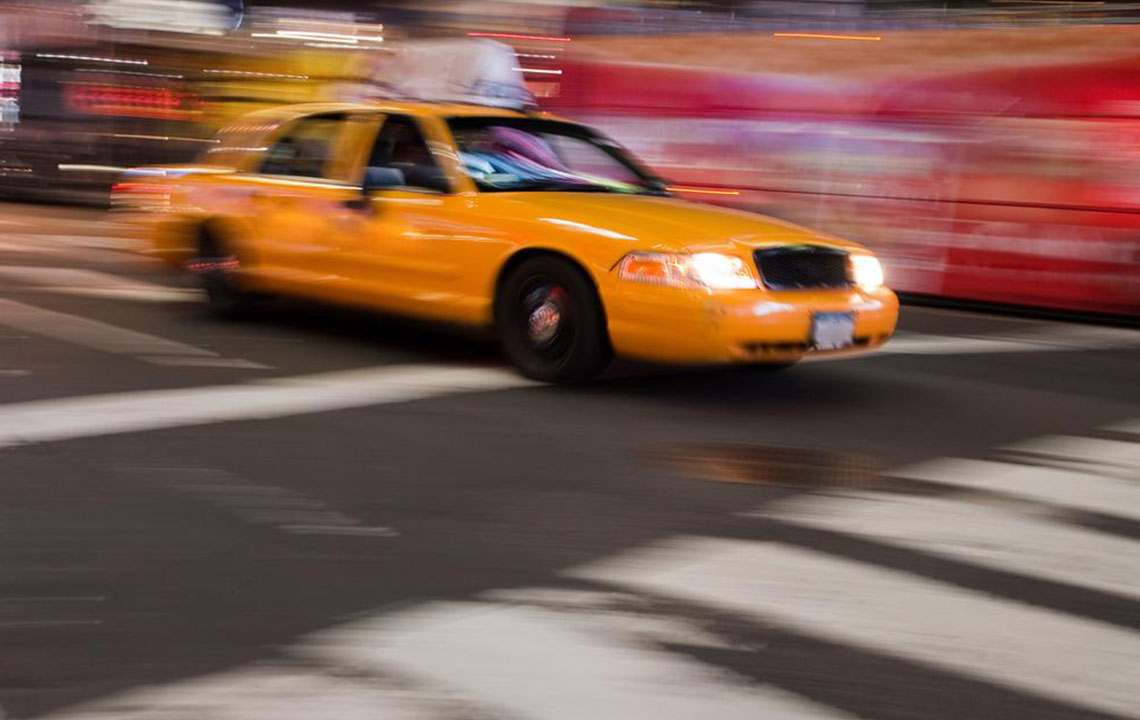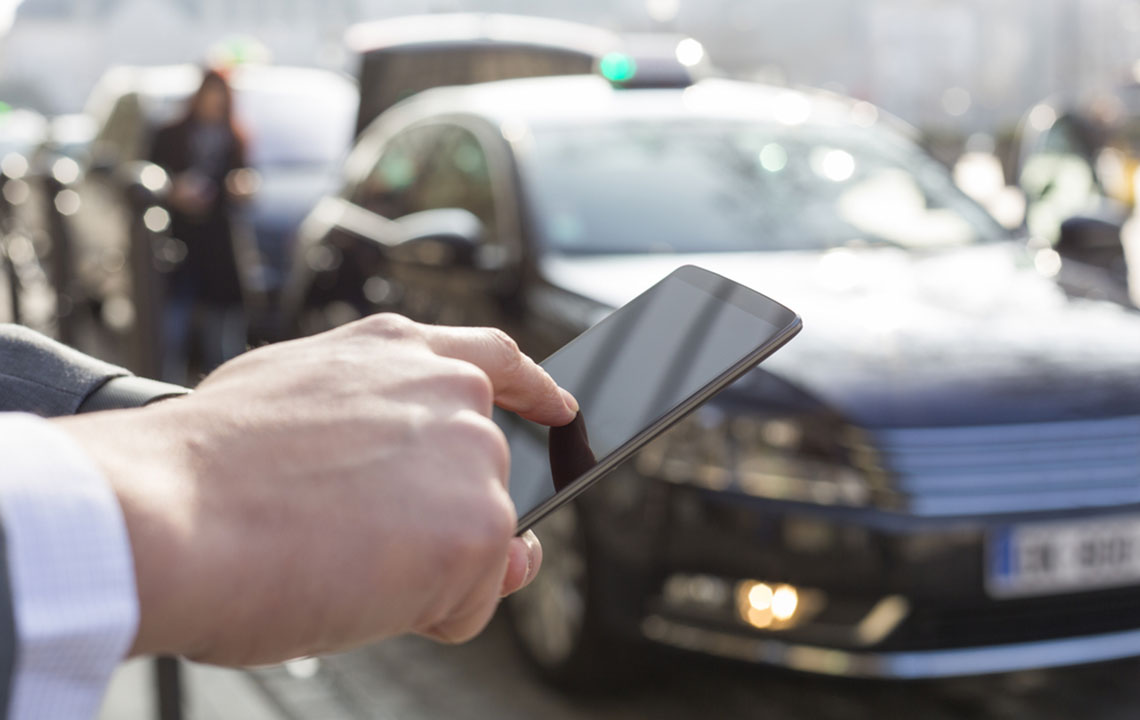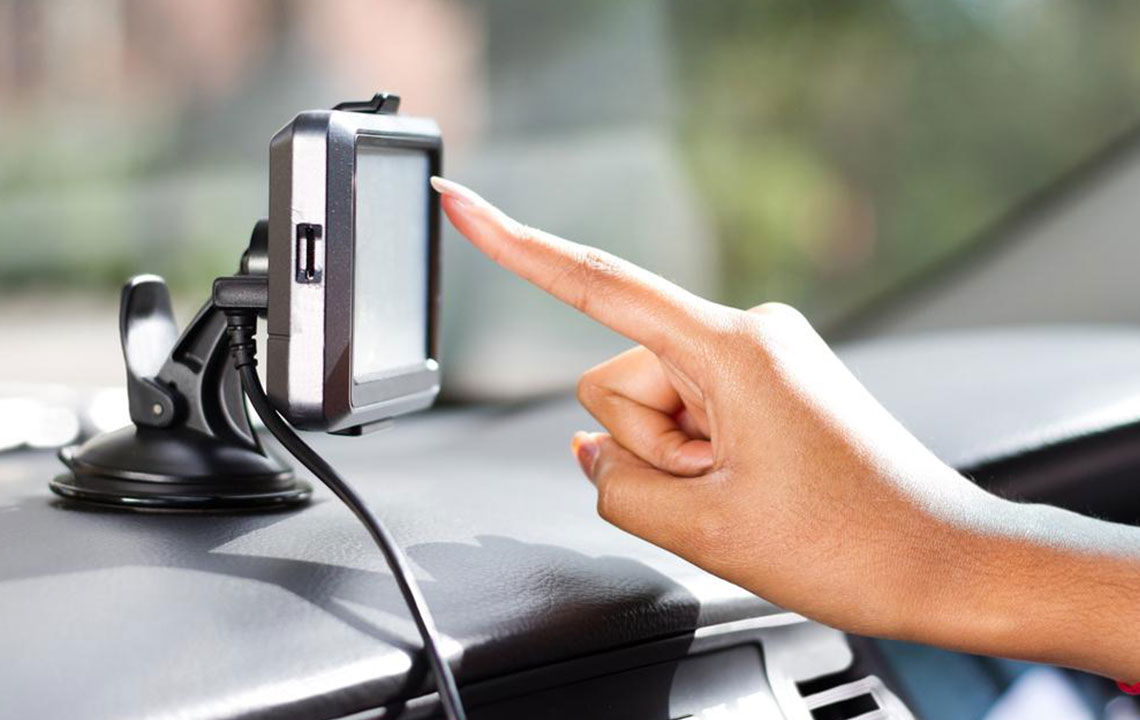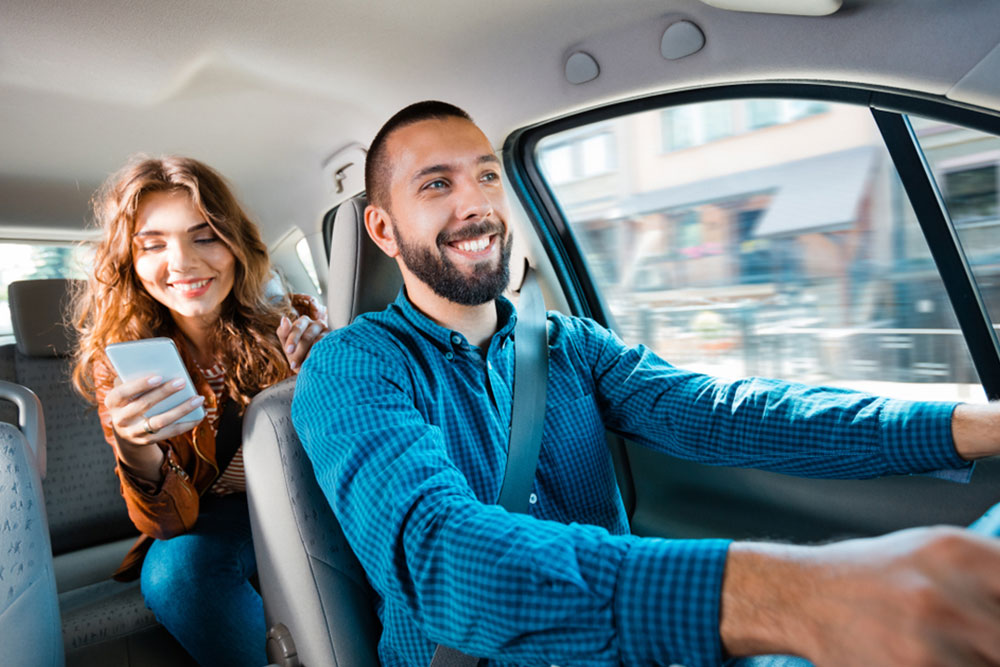Understanding Uber Fare Calculation and Pricing Factors
This comprehensive guide explains Uber's fare calculation process, key pricing factors like surge pricing, vehicle types, and additional fees. It offers tips on estimating costs via the app and understanding what influences final ride prices. Perfect for travelers seeking to manage expenses effectively and plan trips with accurate fare expectations.
Sponsored
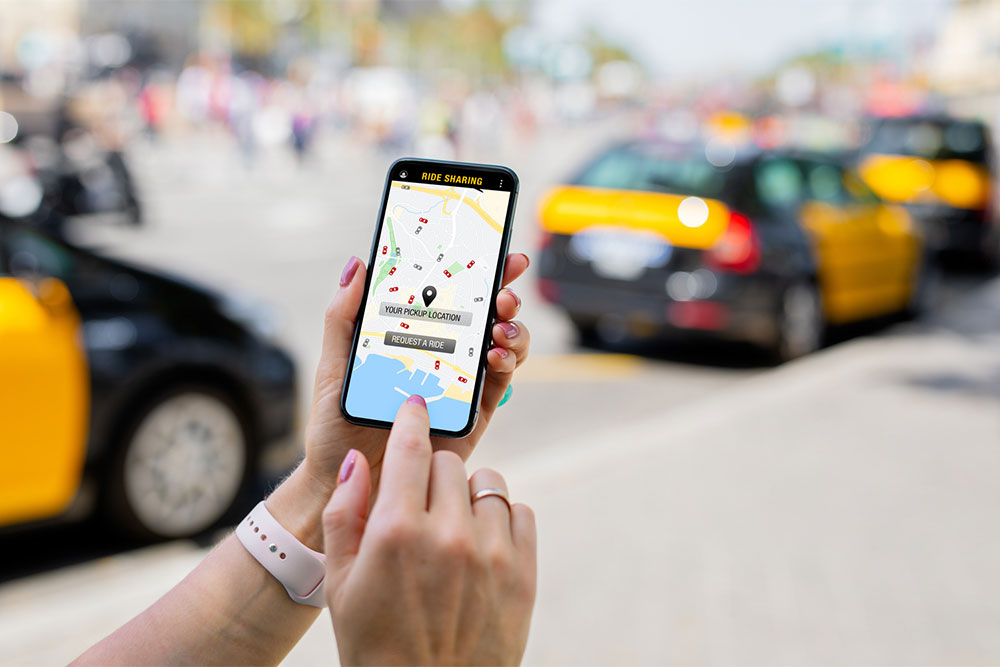
Uber, a leading ride-hailing service, connects passengers with drivers through its app, operating on a commission-based model. Riders are charged based on trip duration and distance, with Uber taking a 20% cut from driver earnings. Familiarity with Uber’s pricing system helps travelers better anticipate costs and plan their budgets effectively.
Key Elements Influencing Uber Prices
The final fare depends on several factors like trip location, time, and distance. Changes during the ride, such as additional stops or route modifications, can also alter the cost. Surge pricing during peak hours or events is common, and vehicle type plays a role—UberXL is typically more expensive than UberX. Booking fees are fixed regardless of schedule timing.
Uber’s fare structure includes multiple components that sum up to the total cost:
Pickup charge: Covers driver’s travel to the pickup point, usually between $1 and $10.
Platform fee: The fee paid by drivers to Uber for using its platform, excluding tips or tolls.
Airport surcharge: Additional charges for pickups or drop-offs at designated airports.
Waiting fee: Applies when drivers wait at the pickup location, charged per minute.
Surge pricing: Multiplies the standard fare during high demand periods, increasing the cost.
Tolls and surcharges: Fees for passing through checkpoints or certain zones.
Cancellation fee: Applied if a ride is canceled after a certain period, typically $10.
Local fees: State or municipal fees, such as transportation funds, added to fares.
Sales tax: Local tax percentages included in the final fare.
Cleaning fee: Charged if the vehicle interior is damaged or excessively dirty.
Upfront fare: Pre-calculated total based on estimated trip time and distance, payable at the start.
Fares are non-negotiable and change if the trip details are altered. Longer trips or additional stops may increase the fare, and if the upfront fare isn’t used, the ride costs are calculated based on actual duration and distance.
To estimate Uber fares accurately, use the app or online fare calculators by entering your pickup and drop-off points. Keep in mind that prices vary with traffic conditions and time of day, especially during surge periods, when prices spike due to heightened demand.
Typically, Uber charges between $1 and $2 per mile, though this varies by location, vehicle type, and demand. Across various studies, Uber fares have been found to be up to 40% cheaper than traditional taxis, although prices can match or exceed taxi rates during busy periods.

